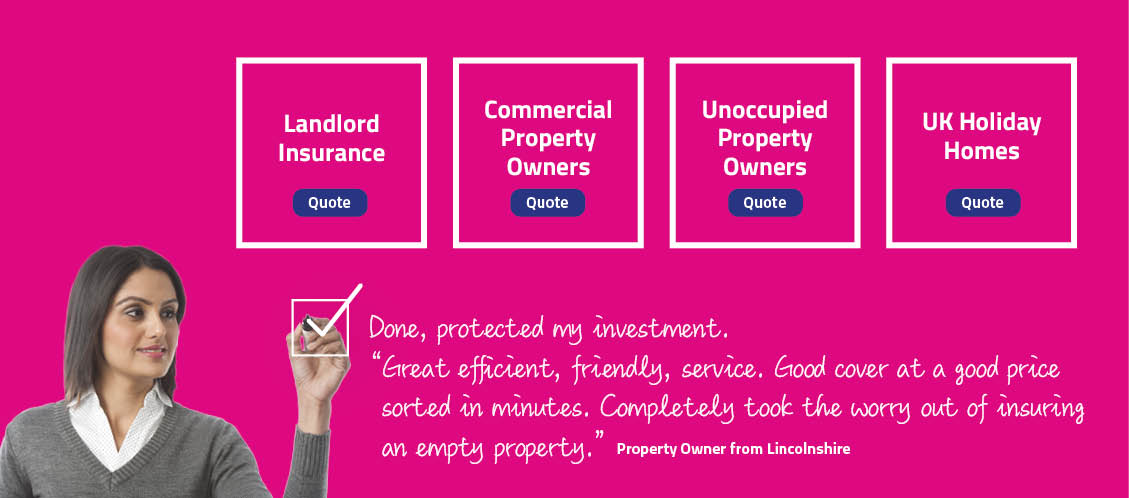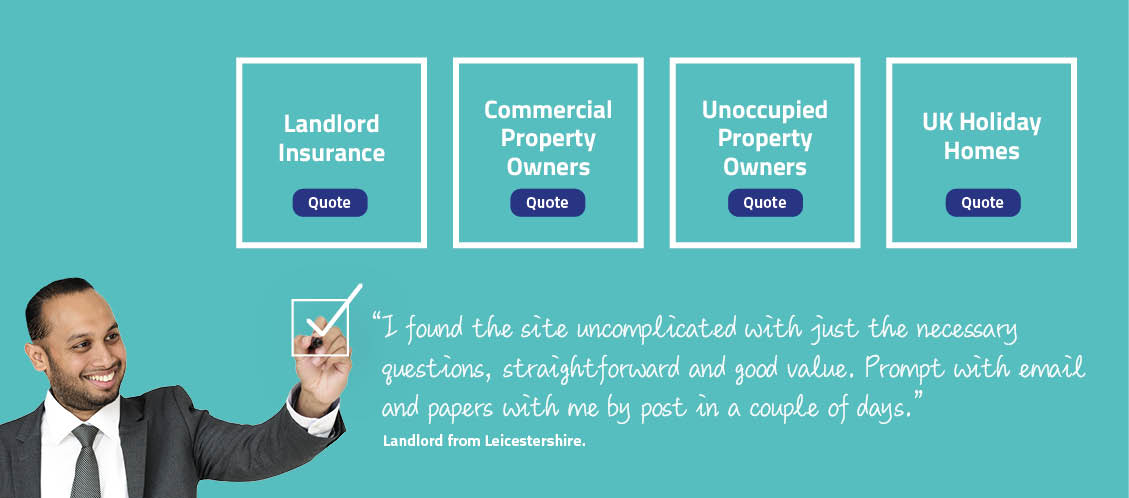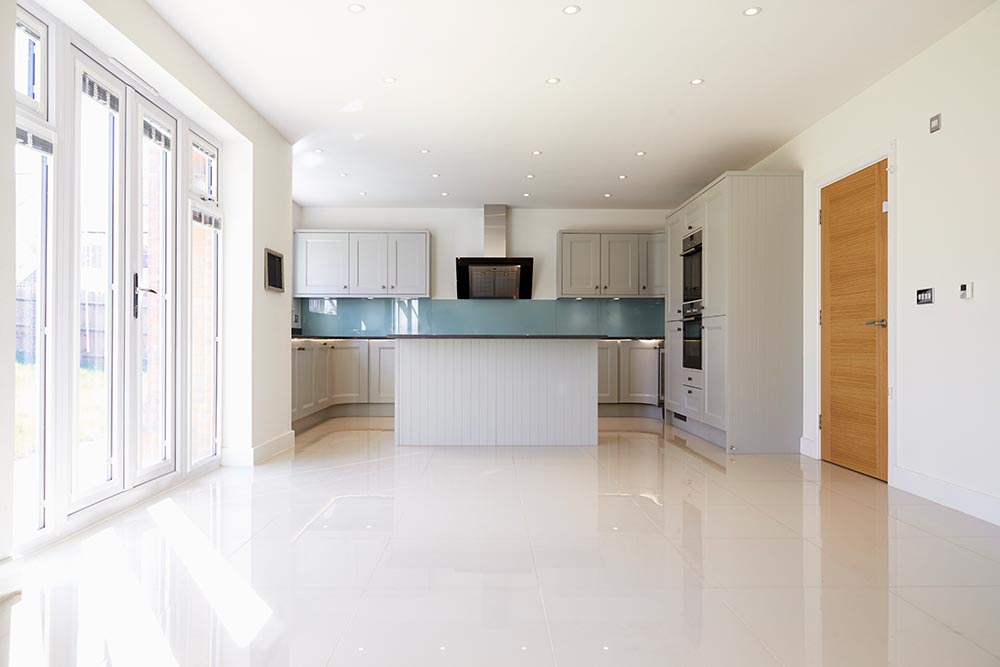Whether you’re renovating, relocating, or simply in between tenants, leaving a property empty can expose it to increased risks – many of which are not covered by standard home or landlord insurance policies. That’s where unoccupied property insurance comes in.
This specialist cover helps protect empty buildings from the financial ramifications of damage, theft, and other perils. In this quick unoccupied property FAQs blog, we’ll answer common questions about unoccupied property insurance, including what it covers.
Before we start, please note that this blog is intended for general information purposes only. Insurance policies vary between providers, and different types of insurance policies offer different terms, exclusions, and benefits.
Always check your individual unoccupied property insurance policy carefully to ensure it meets your needs and that it – and you – comply with any applicable conditions.
1. What is unoccupied property insurance, and why do I need it?
Unoccupied property insurance provides cover for buildings that are left vacant for extended periods – typically more than 30 to 60 consecutive days. Standard home insurance and landlord insurance often excludes properties that are unoccupied for too long, due to the increased risk of damage or theft.
2. What types of risks are covered under unoccupied property insurance?
Cover typically may include fire, flood, theft, vandalism, escape of water, and storm damage. However, policy terms vary, and some risks may be excluded without certain precautions in place.
3. Why are unoccupied properties seen as higher risk by insurers?
Vacant buildings are more susceptible to undetected issues like leaks, break-ins, or squatters. Without regular occupancy or maintenance, these risks are harder to manage – so insurers charge more or apply stricter conditions.
4. How can I find the most suitable insurance policy for my unoccupied property?
Look for insurers who specialise in unoccupied property cover. Compare policy features such as vacancy limits, required inspections, levels of cover, and what’s excluded. Always read the small print and check whether add-ons are available.
You can find out more about our unoccupied property insurance here, plus read our Guide to Unoccupied Property.
5. What happens if I need to make a claim while my property is empty?
You must prove you met all the policy’s conditions – like regular checks or maintaining heating during winter. Claims may be reduced or rejected if these conditions weren’t met, even if the loss was valid.
6. Are there different rules for unoccupied residential and commercial properties?
Yes. Commercial properties may face different risks and regulations, and policies are usually tailored to the type of business use or redevelopment potential. Always check the specific terms for each property type.
You can find out more about unoccupied commercial property insurance here.
7. How does the location of my unoccupied property affect my insurance?
Insurers factor in crime rates, flood zones, and even proximity to derelict buildings when pricing policies. Properties in high-risk or economically depressed areas often carry higher premiums.
8. What should I do to protect my property during extreme weather while it’s unoccupied?
Drain pipes, secure loose roofing, and in some cases, maintain heating at a low level to avoid frozen pipes. Document your preventative measures – insurers may require proof if you need to make a claim.
Check with your broker if you are unsure what you need to do to meet your unoccupied property insurance policy’s terms.
9. Are there flexible insurance options if my property is only temporarily unoccupied?
Yes. Some insurers now offer short-term unoccupied property insurance policies tailored to temporary vacancies – ideal if the property is awaiting sale, renovation, or new tenants.
We offer three levels of cover to choose from, plus 3- and 6-month unoccupied property insurance policies, that can be extended if required.
10. What role does technology play in insuring unoccupied properties?
Smart home systems and telematics can help monitor for leaks, temperature drops, or intruders – reducing risk and sometimes lowering premiums. Some insurers offer discounts for using them.
Further reading: Technological solutions for monitoring unoccupied properties.
11. What common mistakes do people make with unoccupied property insurance?
Not informing their insurer of a vacancy, failing to meet inspection requirements, or assuming standard home insurance is still valid. These errors may invalidate a claim.
12. How often do I need to inspect an unoccupied property to meet insurance conditions?
Most policies require regular, logged inspections. Some also ask for photographic evidence. Check your specific policy wording to ensure compliance or speak to your insurance broker for clarification.
13. Can I insure a property that’s being renovated or awaiting planning permission?
Yes, but you’ll need a policy that specifically covers unoccupied buildings undergoing works. You typically may need to declare the type of renovation and ensure builders have their own insurance too. Please read our Guide to renovating.
Summary
Unoccupied property insurance is essential for protecting empty homes from risks not covered by standard policies. By understanding the specific terms, using smart technology, and taking practical steps like regular inspections, you can help keep your property safe.
Whether you’re planning a renovation, working away from home for an extended period, have a probate property or are managing a let, the most appropriate empty property insurance gives you peace of mind during vacant periods.








